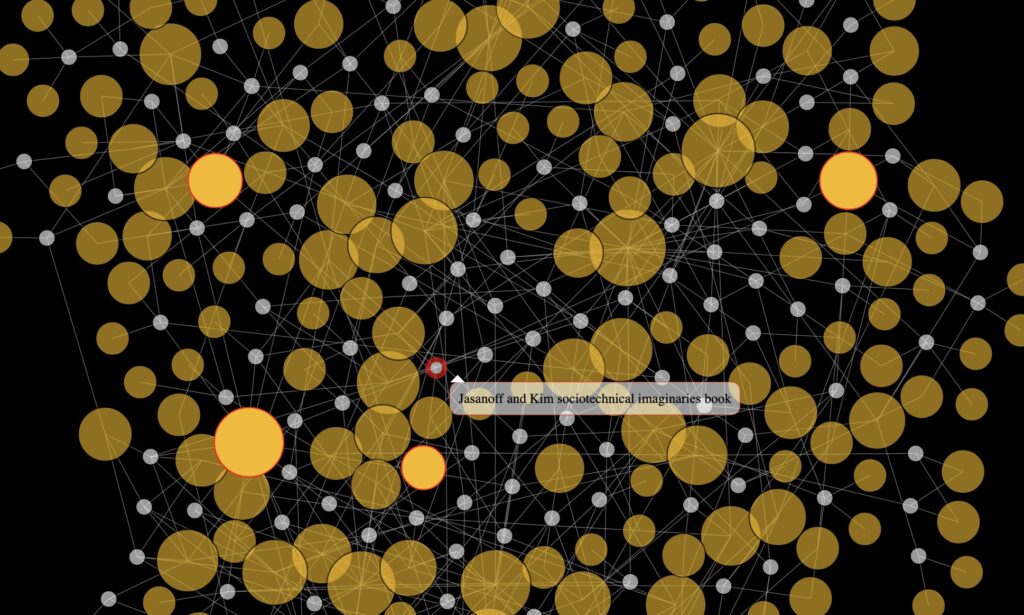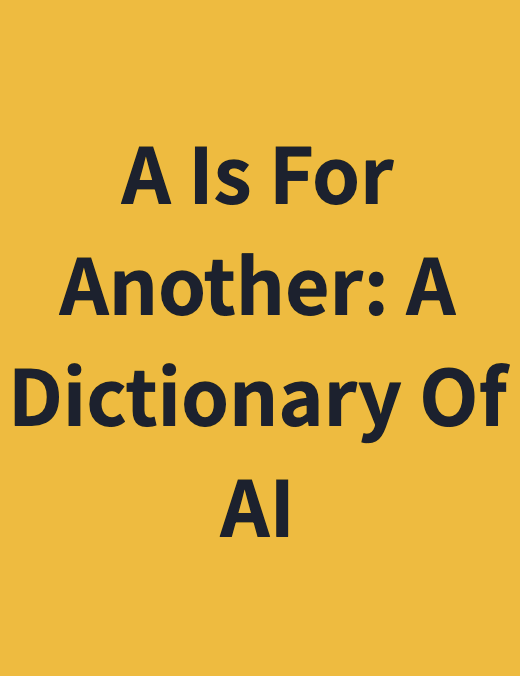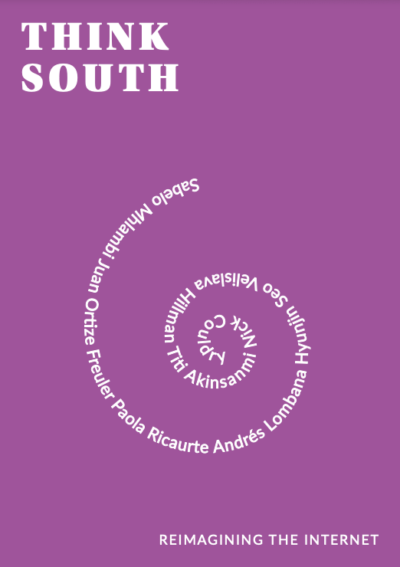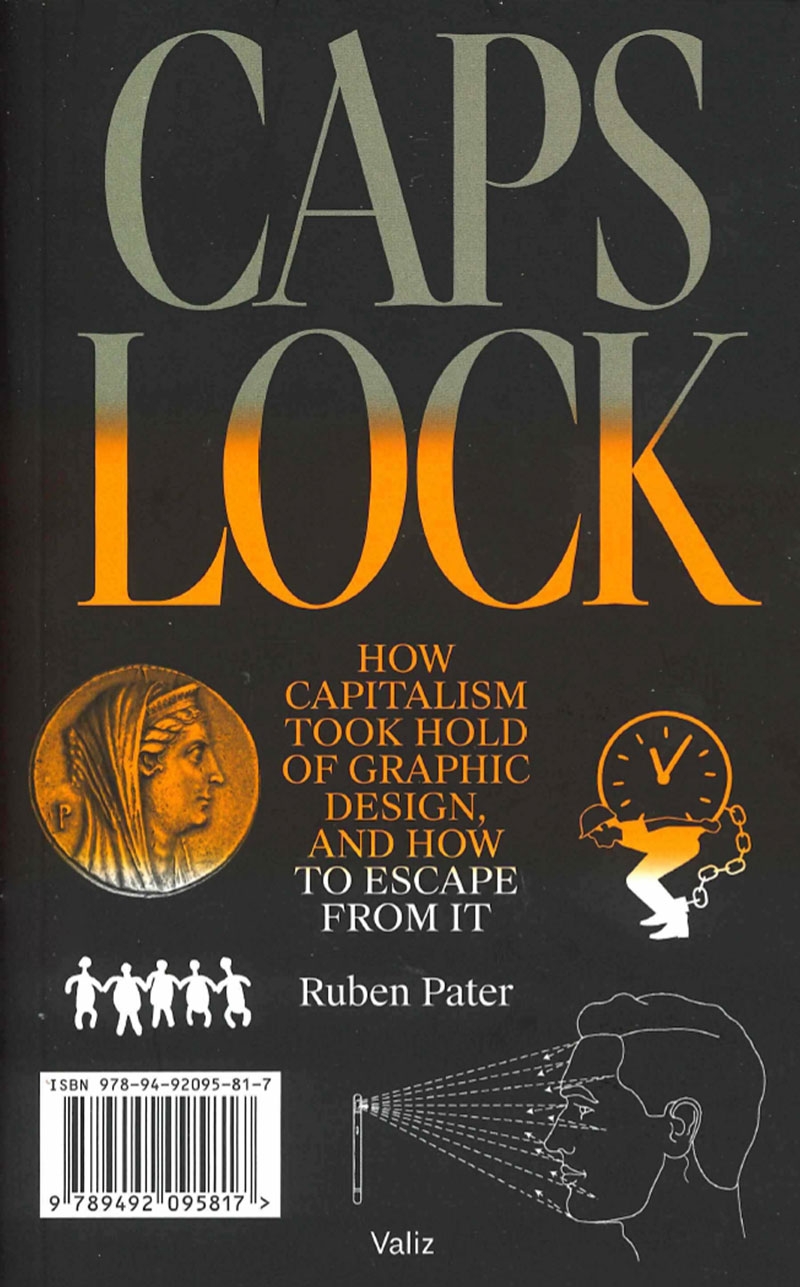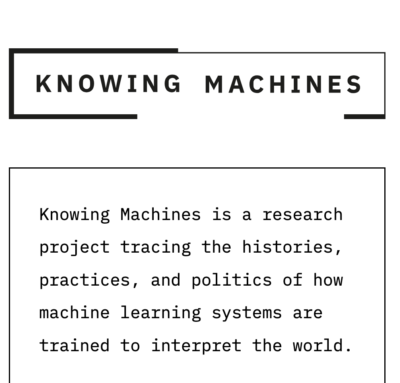“This project focuses on a particular aspect of AI: that it is shaped in terms of the human. So while AI is about machine learning, cognition and robots, it is also about how we understand what it means to be human, how our notions of the human, and of the non-human, are changing over time, as are our inter-relationships. We want to show that ‘intelligence’, ‘humans’, ‘machines’, ‘data’ and ‘mind’ exist differently across a variety of cosmologies, sciences, and practices. A Is For Another puts diverse scholarship, art and cultural work in conversation with each other to further this thinking.
Artificial Intelligence, ‘AI’, is a suite of technologies that includes machine learning, computer vision, reasoning, and natural language processing, among others. It exists in an awkward and unique space as technology, metaphor and socio-technical imaginary. “
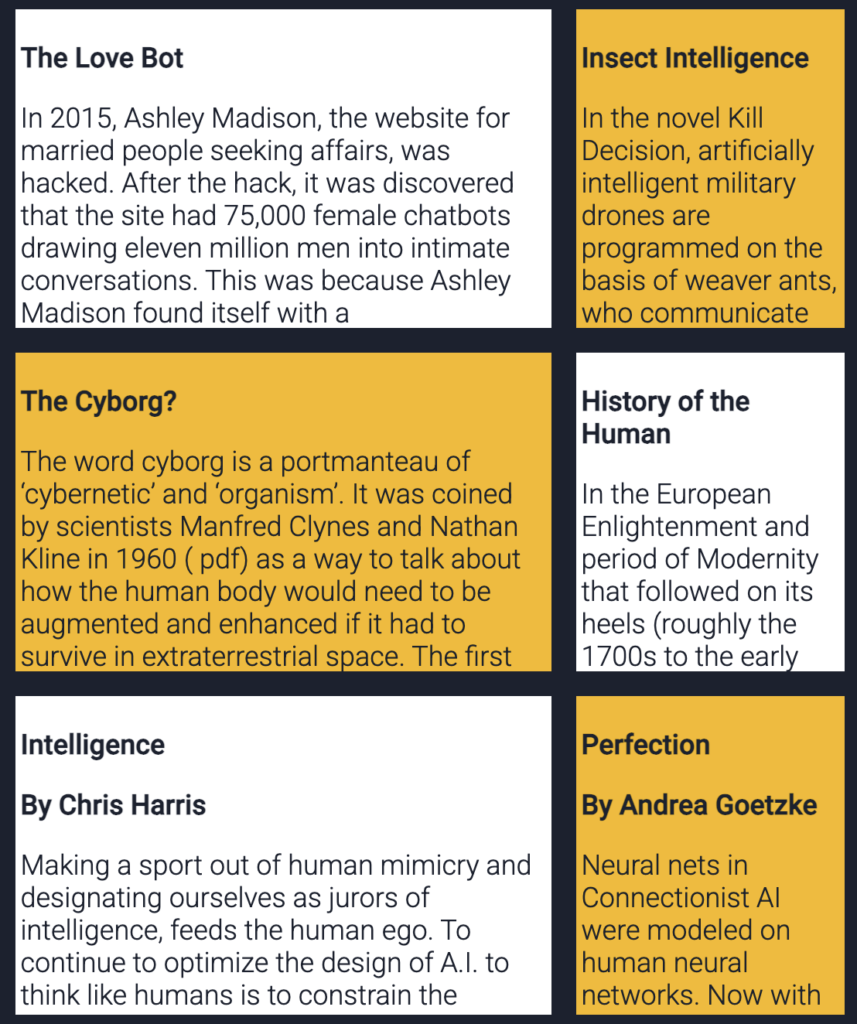
https://aisforanother.net/index.html
“A Is For Another is a response to the world-making and culturally homogenous approaches to AI emerging from places like Silicon Valley and Hollywood. For example, in the European/US/UK Science Fiction genre, robots generally convey an anxiety about the displacement or erasure of human beings. The beautiful, calculating fembot Eva in Ex Machina or the threatening synthetic intelligence Skynet in Terminator are such compelling fantasies.
The interaction between pop culture, cosmologies and the robotics industry in Japan presents a different kind of ‘robotic imaginary’ (Rhee). And ‘robot’ is only one word for this fascinating and dramatic non-human/human being. Tokyo Cyberpunk presents a panoply of vivid posthuman pop-cultural figures negotiating speculative socio-political scenarios, “explor[ing] new possibilities of becoming at the rhizomatic intersection of different forms of intelligence, corporeality, and data processing.”
Also, with Jennifer Rhee we ask of robots and all things AI: “How does this figure engage the histories of under- valued, devalued, and exploited labor, particularly as they intersect with race, gender, and class? Who is being dehumanized in this robot figure? Whose humanness is constructed as familiar and sacrosanct?” So what happens when we read a history of intelligence from the perspective of Cognitive Psychology alongside a social-materialist inquiry into the women who were known as computers?
Or consider that mushrooms and robots, both non-human entities, are equally subjects of the Posthumanities; Anna Tsing’s ethnography of Matsutake cultivation has been an inspirational text for many entries here. However, Alexander Weheliye and Sylvia Wynter have written very different histories of ‘non-humans’, and the category of ‘man’, through the lens of Transatlantic slavery, colonialism and colonial plantations. Similarly, futurisms- Afro-futurism, Gulf-futurism– are syntheses of geopolitics with pop-culture, and psychogeographies of bodies moving forwards and back in time and space, both online and off. What imaginaries of automation, bodies, data and intelligence exist here? “
